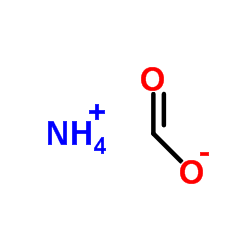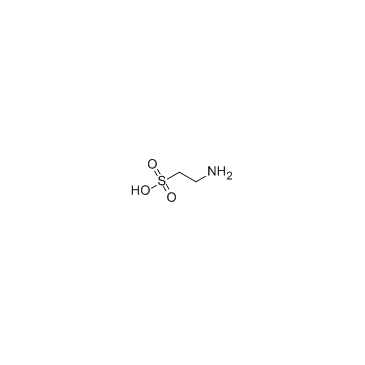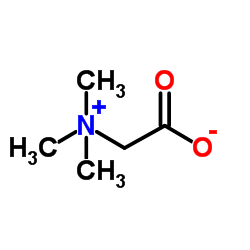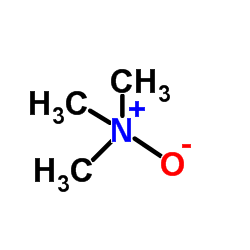| Structure | Name/CAS No. | Articles |
|---|---|---|
 |
Formic Acid
CAS:64-18-6 |
|
 |
Acetonitrile
CAS:75-05-8 |
|
 |
Methanol
CAS:67-56-1 |
|
 |
Formic acid ammonium salt
CAS:540-69-2 |
|
 |
Taurine
CAS:107-35-7 |
|
 |
DL-Carnitine hydrochloride
CAS:461-05-2 |
|
 |
Cadmium chloride
CAS:10108-64-2 |
|
 |
Betaine
CAS:107-43-7 |
|
 |
Trimethylamine oxide
CAS:1184-78-7 |